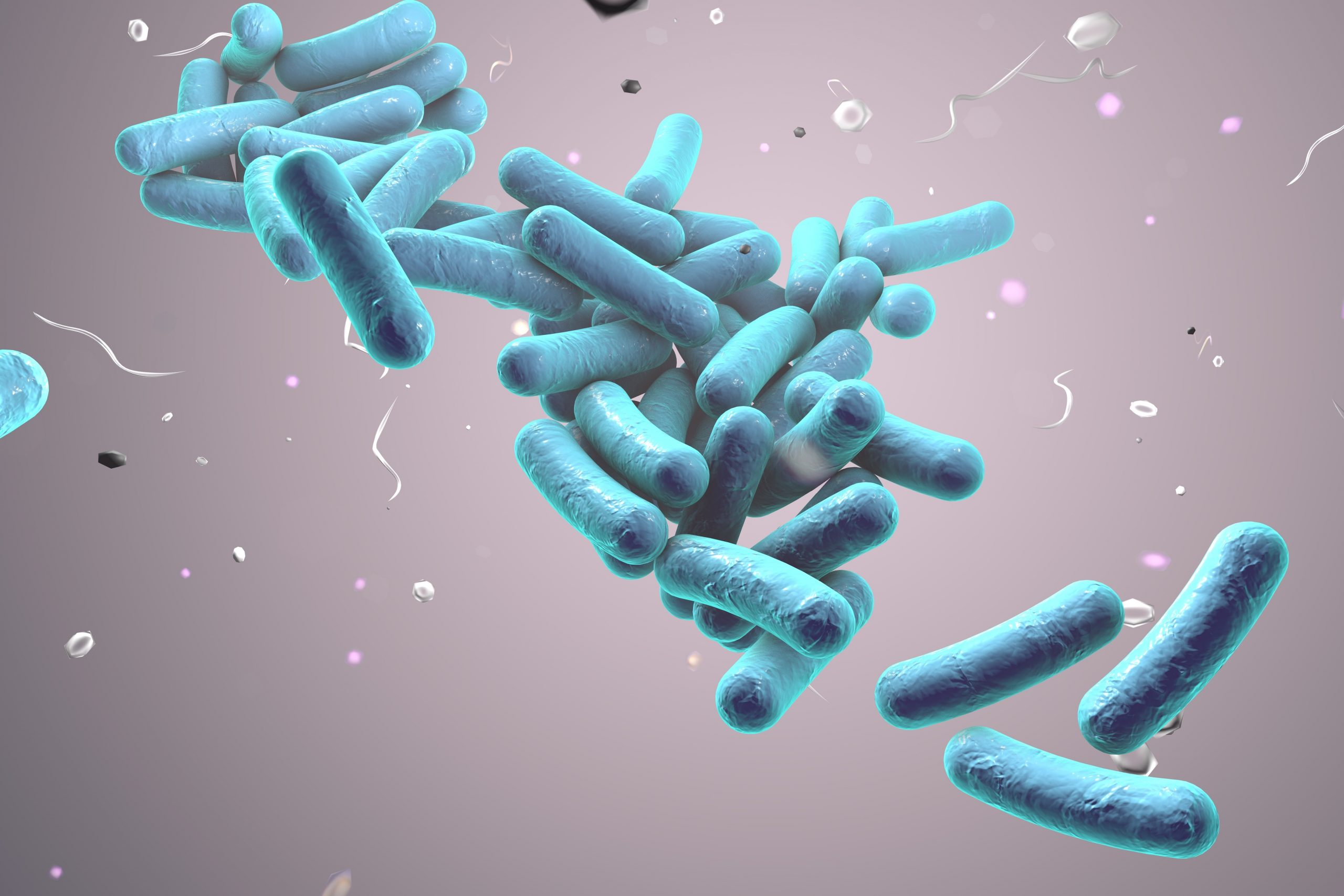Driven by safety levels

Acceptable exposure limit levels, maximum ppm levels, maximum residue limits, somatic cell counts, action levels, tolerance levels, etc. All of these terms are associated with safety and keeping the risks under control.
We simply live in a world where we set, review and change these safety levels constantly. Some maximum allowable levels of chemicals and bacteria in food and feed are tweaked here and there, when new research or meta-studies come out, showing that we didn’t know all the immediate risks. Maximum levels are established in an effort to reduce exposure to a particular contaminant.
Dutch tap water contaminated
The maximum levels are established in an effort to reduce exposure to a particular contaminant or heavy metal, and of course needed to safeguard product safety and human and animal health. But not many consumers are aware that these maximum levels, tolerated for a certain chemical or contaminant, are often set at an extremely low level. In some cases, intake of ten times the maximum set levels doesn’t even pose a risk. A very recent example can be seen in the Netherlands. Tap water in some southern parts of the country contained very low traces of the chemical GenX, coming from a chemical factory that is using GenX for the production of the non-stick substance teflon. But even when these low concentrations are absolutely harmless, consumers started to worry. Most probably all tap water in the country will now be examined. The latest ‘headlines’ however made it even worse. In the surrounding area (1km) of the chemical factory, GenX was present on the grass and on the leaves of the plants. Don’t eat the veggies from your garden was the advice! In my opinion, a good example of how media hype can lead to mass hysteria. However, the case is not closed yet, so maybe new tests will show that the levels found are more serious than initially thought.
Fipronil in table eggs
Another – more agriculture related – example in the Netherlands and Belgium, is the recent finding of fipronil in eggs. This chemical is used in flea treatment medication for pets for example, but not allowed to use in the layer sector. The chemical was found to be mixed with a product intended to treat red mite in chickens. Again, the concentrations found in the table eggs are that low, that human health is not in danger. Although the situation in contaminated farms is expanding.

Safety levels in compound feed
Contamination is also an important topic in the feed industry. Feed can be contaminated with heavy metals, dioxins, mycotoxins (see this tool for maximum levels allowed for mycotoxins) , bacteria, etc. In the case of Salmonella in animal feed, requirements for control of Salmonella in the feed chain have been set by different feed certification schemes around the world and for example the EU Feed Hygiene Regulation. But Salmonella can travel a long way across the whole animal production chain, so the presence of Salmonella in the end product – the feed pellet – is not yet guaranteed when a feed mill buys ‘clean’ raw materials. Bacteria still have time to grow when the raw materials are not stored properly or when the feed equipment is contaminated. Feed millers need to be aware of the causes of contamination in the feed plant. Bad storage, insufficient cleaning of feed equipment can for example lead to growth of bacteria. In the latest issue of All About Feed, we delve deeper into Salmonella control in animal feed. This article can already be read here.
Common sense
Safety levels are here to stay, but with common sense and good farm / feed mill management, you can go a long way. Also testing is becoming better and more specific and sensitive. It is therefore also key to interpret test data correctly. Sensitive tests pick up things easily, but there is not always reason for alarm. At the same time, most Dutch people are down-to-earth, and hopefully they can put things in perspective and continue drinking tap water and eating their table eggs, without being afraid the low concentrations of ANY substance will do them harm.











